Description
Crop Production:
|
1. Preparatory cultivation |
: |
Plough 2 to 3 times to obtain a good tilth and form beds and channels convenient size. |
|
2. Seed rate |
: |
5 kg Per Acre |
|
3. Spacing |
: |
100 x 30 cm |
|
4. Manures and fertilizers |
: |
Basal |
|
FYM – 25 tonnes/ha |
||
|
NPK – 10: 60: 30 kg/ha |
||
|
5. Weed Management |
: |
Hand weeding whenever necessary. |
|
6. Water management |
: |
Mostly grown under rainfed condition |
|
7. Harvest |
: |
First harvest 6 months after sowing. Subsequent harvests 60 days depending upon the growth |
|
11. Green fodder yield |
: |
Irrigated: 80-100 t/ha/year |
|
Seed Treatment: |
||
Crop Protection:
Subabul Psyllid : Heteropsylla cubana
Symptoms of Damage
- Wilting, defoliation, branch dieback or death of trees.
Identification of Insect Pests
- Nymphs: similar to adults, smaller and wingless.
- Adults: Small Cicada like, winged, light green to yellow.
Management
- Conserve the natural predators and parasitoids.General information about seeds
Builder Subhabul can be planted any time of the year. Builder Subhabul is a useful animal feed for all kinds of animals as well as goats. Builder Subhabul produces fodder even in low water areas. The resulting fodder contains about 20-22 per cent protein and 8.4 per cent minerals. Builder Subhabul green pods are lush and soft. Seeds can be used in goat feed. Subabhali should be used up to 40% in the diet of goats. The yield of green fodder is 50 to 60 tons per hectare. Builder Subhabul leaves, twigs and seed powder are used for fertilizer. Cattle, goats and sheep eat leaves, legumes and seeds with gusto. 4 kg of seed is required per 1 acre of land.
Land and preparation for planting
The fodder crop can be grown in different soils. This fodder crop is grown on a wide variety of soils, from medium to sandy soils to black loamy soils. Extremely suitable for rocky soils, saline soils and heavy soils. Pre-cultivation is very important as this crop stays in the same soil for life after sowing. For this, by throwing a lot of cow dung and plowing deep, if the quantity of lumps is more, it should be broken and vertical-horizontal cobwebs should be kept.
Seed processing
Before sowing the seeds, it is important to process the seeds, taking 3 liters of water for 1 kg of seeds. First heat the water to 80 degrees and add 50 ml germinator and soak the seeds overnight. The next morning, remove the seeds from the water and tie them in a wet cotton bag. On the third day, they were ready for sowing.
Planting period and method of cultivation
Seed treated seeds can be sown on the embankment or along the embankment. Also, if fodder is to be planted on vacant land, it can be planted densely with a spacing of 6-8 feet between the two ridges. A 1 foot deep 1 foot wide tractor should remove the sari and add a lot of dung manure or lentil manure in it and leave a lot of water by covering the soil a little. Then Khudal drew a line 2-3 inches deep and put the seeds extracted from hot water in it in a dense manner. Land, water, manure and climate can increase or decrease the germination capacity.
Fertilizer and water planning
Irrigate immediately after planting and then at intervals of 3 to 4 days, then continue watering as per soil requirements. Initially you would have applied manure but since you harvest these trees frequently you will need D.A.P, 10.26.26 after each harvest. Granular chemical fertilizers should be used.
Harvesting / production / use
With proper fertilizer and water planning, plants grow 8 to 10 feet in 6 to 8 months for the first harvest. Then cut all the upper part by keeping 4 feet at the bottom. After that, a large number of branches come to that bud. They should be removed for fodder at intervals of 20 – 25 days. With proper fertilizer and water planning, 50 to 60 tons of green fodder is obtained per hectare. Leaves of all kinds of animals, goats and sheep, legumes and seeds are eaten with relish and hens are also given leaves as a supplementary food.
Seeds per acre
8 kg of seed is required per 1 acre of land.

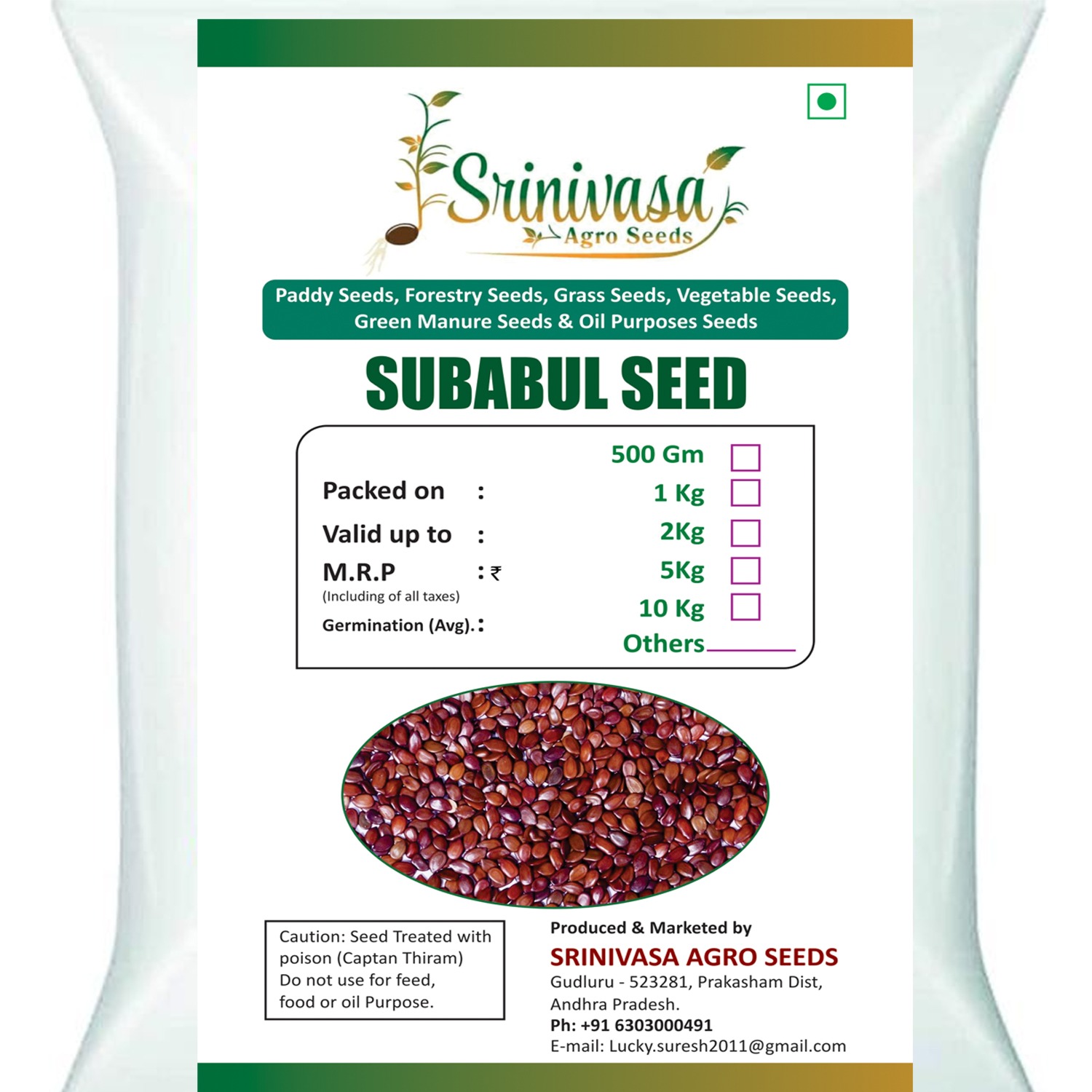
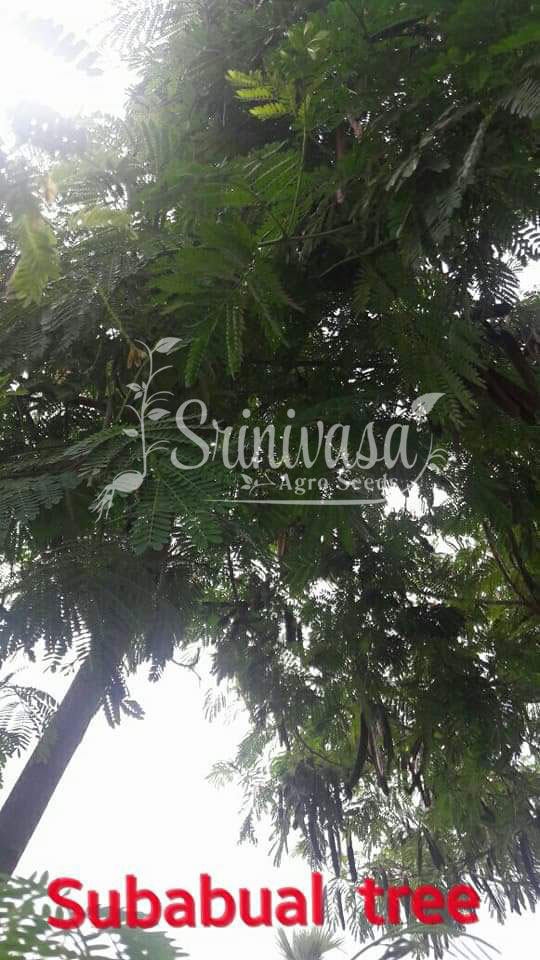
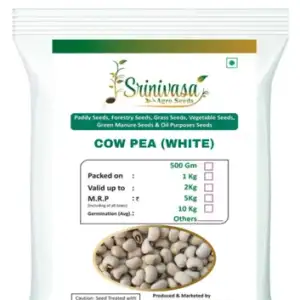
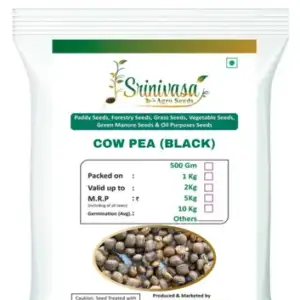
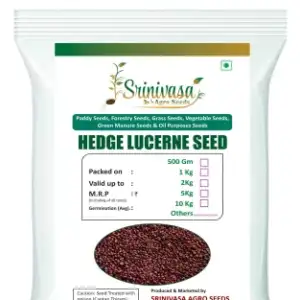
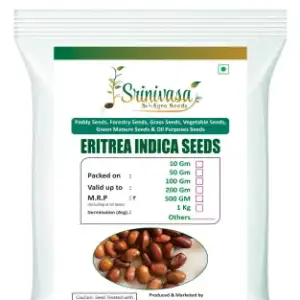
Reviews
There are no reviews yet.